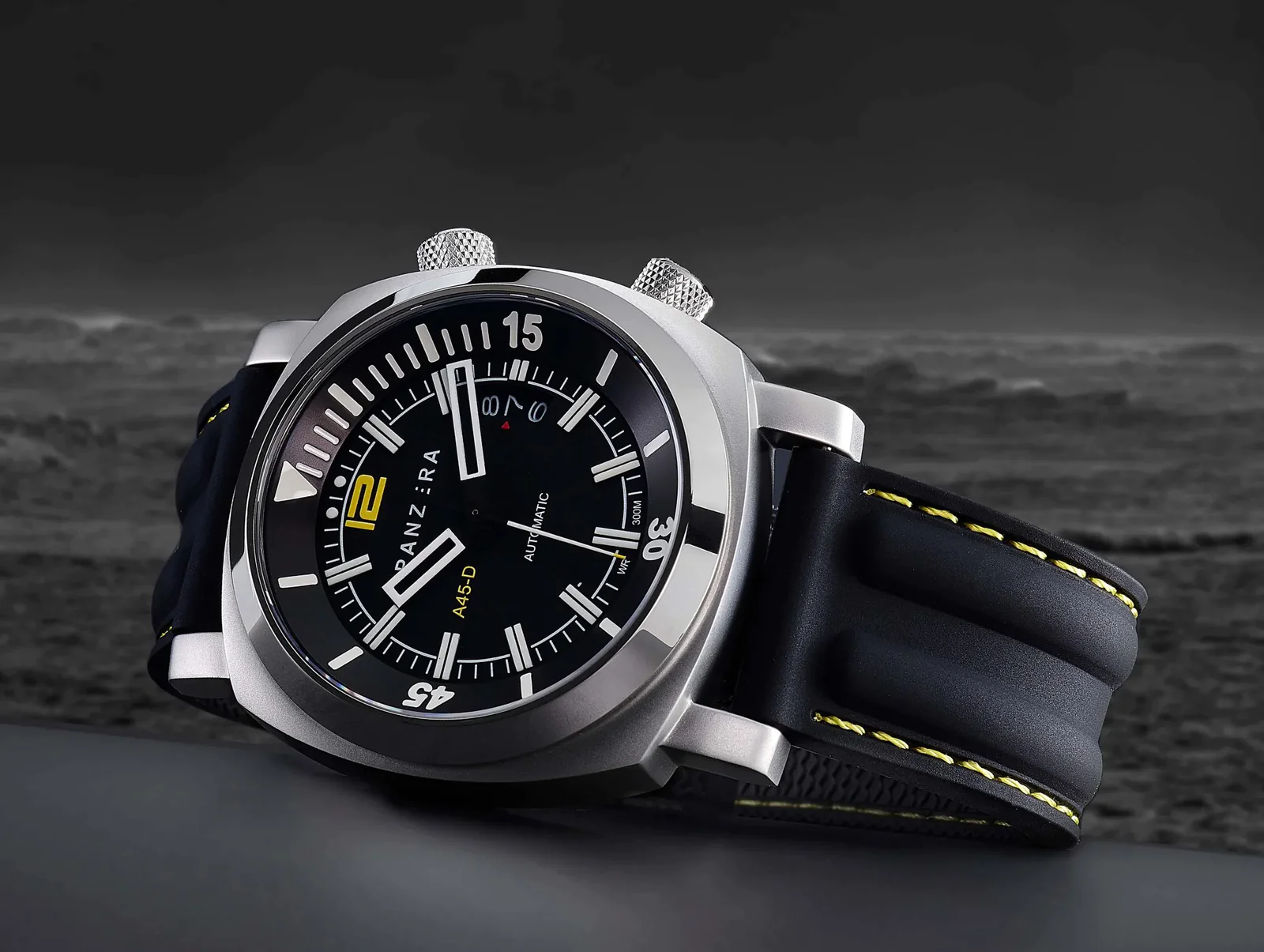
WATCH WATER RESISTANCE EXPLAINED
Water resistance – it’s one of the most confusing and misleading terms in horology. A watch may be certified as water-resistant up to 30 metres (or 3 ATM), but that doesn’t mean you should submerge it anywhere near that depth.
The stated level of water resistance refers to a technical standard that’s based upon the static pressure a watch is exposed to at a certain depth. However, in reality a watch will be subjected to dynamic pressure from movements of the owner (e.g diving) and external water forces (e.g ocean currents) that can significantly increase the atmospheric pressure on the watch.
In this article, we will break down different depth rating and their respective appropriate activities.
Let’s dive (pun intended) into it.
30M / 3 ATM
If your watch is rated to 30m, it should avoid contact with water. Watches rated to 30m can typically withstand accidental splashes (e.g from rain or a running tap), but not much else.
Dress watches (such as the Patek Philippe Calatrava and Vacheron Constantin Patrimony) usually have a water resistance rating of 30m.


50M / 5 ATM
Watches rated to 50m can generally withstand prolonged contact with water during activities such as showering, gentle pool swimming, or perhaps a spilt cup of coffee.


Pilot watches (such as the Panzera Flieger 46 and the Stowa Flieger 40) typically have a water resistance rating of 50m. The rationale is simple – unless the plane crashes, there’s no need for pilots to come into prolonged contact (or submersion) with water. In fact, some consider pilot watches that has a high water-resistance rating to be a bad omen!
100M / 10 ATM
Watches with a water resistance rating of 100m are meant to withstand light submersion, thus making them appropriate for activities such as swimming, snorkeling and surfing. However, prolonged submersion/pressure – such as high board diving or scuba diving – can still damage the watch.
Most everyday watches (such as the Rolex Explorer I and the Panzera Time Master 42) feature a water-resistance rating of 100m.


200M / 20 ATM
Here’s where things start getting serious. Watches rated to 200m can withstand substantial pressure from activities such as high board diving, as well as prolonged submersion from scuba/recreational diving.
The higher water-resistance rating is usually achieved due to features such as a screw-down crown and caseback.


Most casual dive watches (such as Tudor Black Bay 58 and the Panzera Aquamarine 45) are rated to 200m, making them perfect for those who want a dive watch look but are unlikely to use them under water beyond a recreational diving holiday.
300M / 30 ATM
This is dive watch territory. If you’re a serious diver, ensure that your watch has a water-resistance rating of at least 300m. Watches rated to 300m typically have additional features to withstand saturation diving, such as gaskets in the crown and caseback to bolster water resistance.
Professional dive watches (such as the Panzera Pro Diver and Rolex Submariner) are rated to at least 300m. Some have features such as a helium escape valve to help alleviate the atmospheric pressure the watch faces when returning to the surface from deep depth. Also a rotating bezel that allows you to measure the elapsed time you have been under the ocean.


PANZERA watches come in a range of water resistance levels suitable for activities from laps in a pool, through to surfing or professional diving. Every watch is also thoroughly pressure tested after assembly as part of our extensive quality control procedures to ensure its water resistance level is achieved.
We hope that this article provides you with useful information to assist your decision in choosing the right watch to suit your lifestyle – both above and below water!